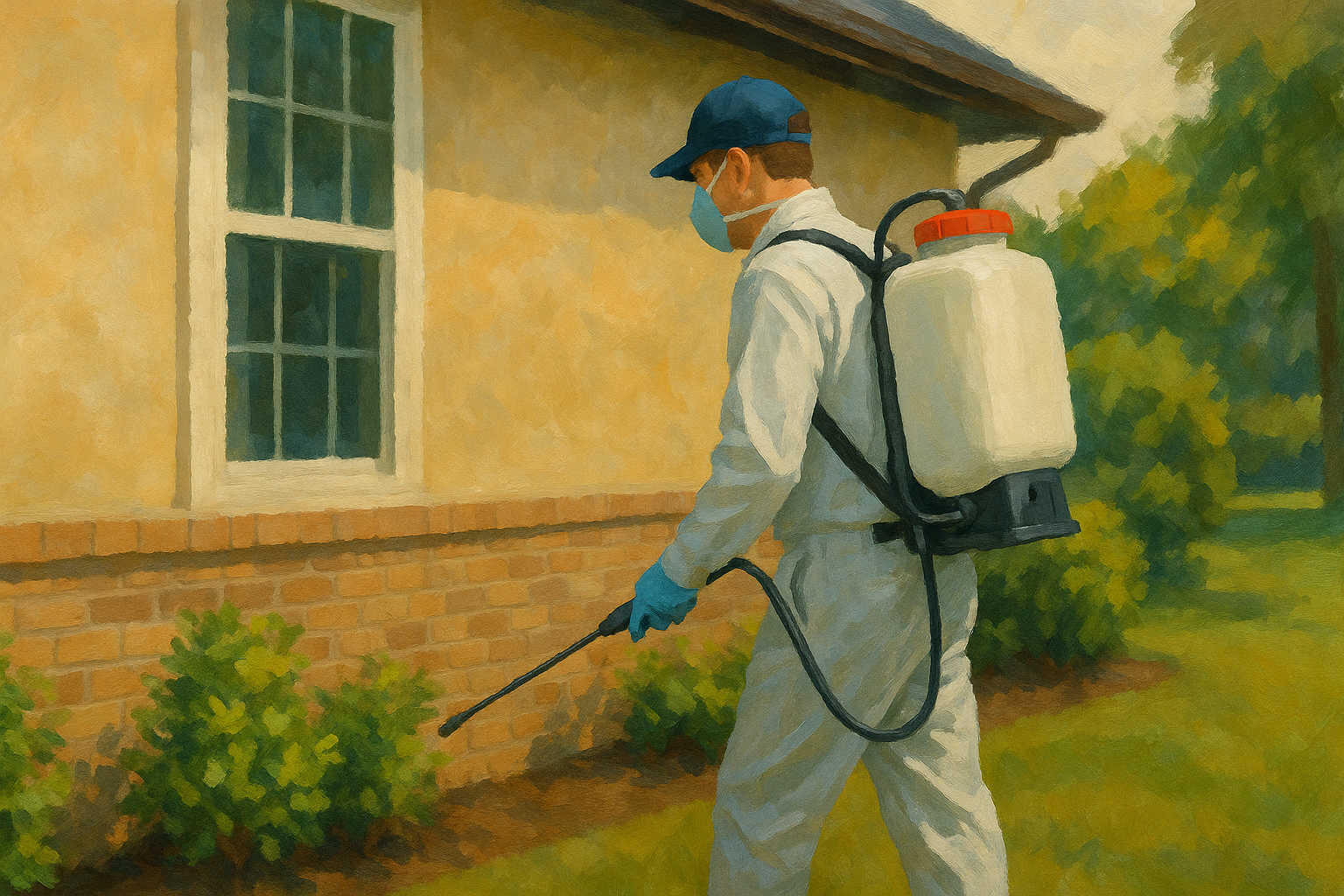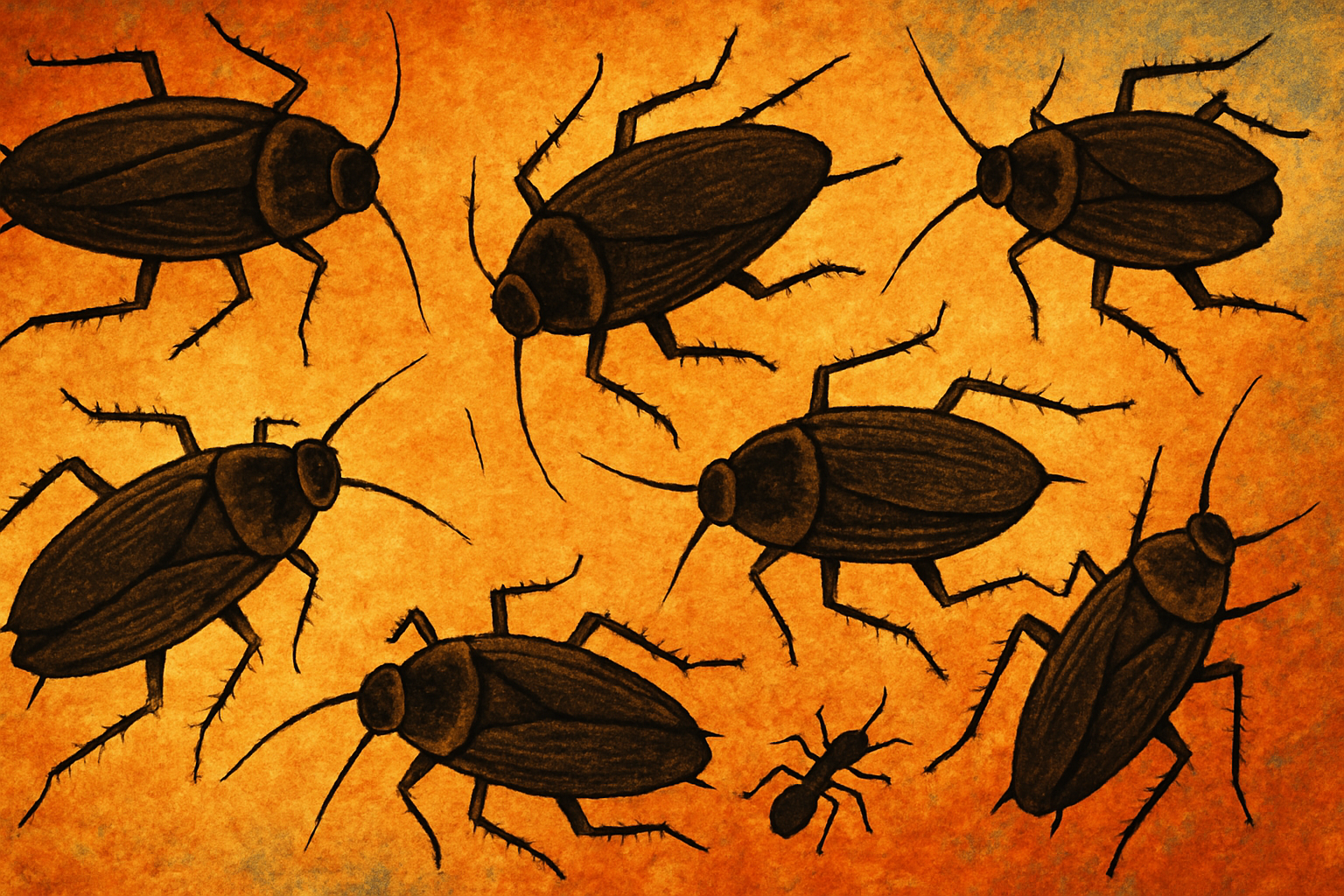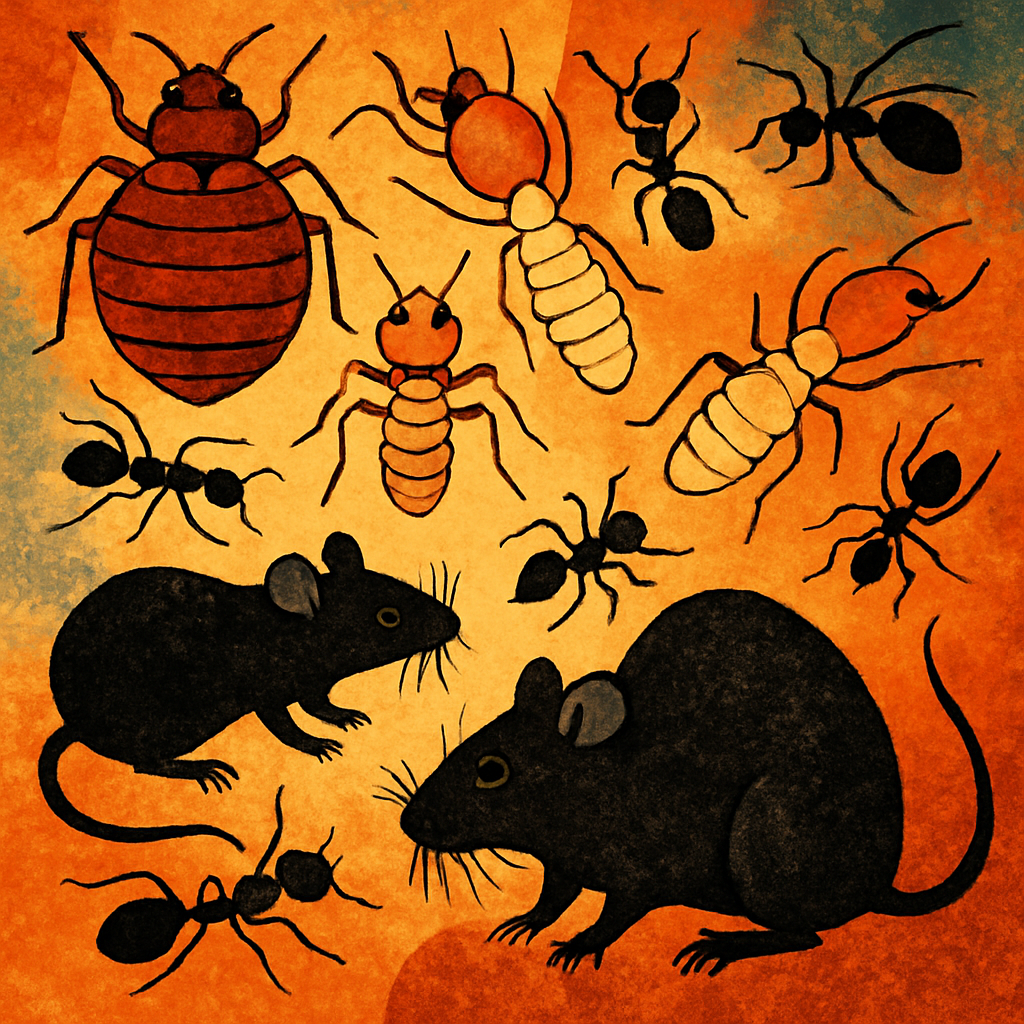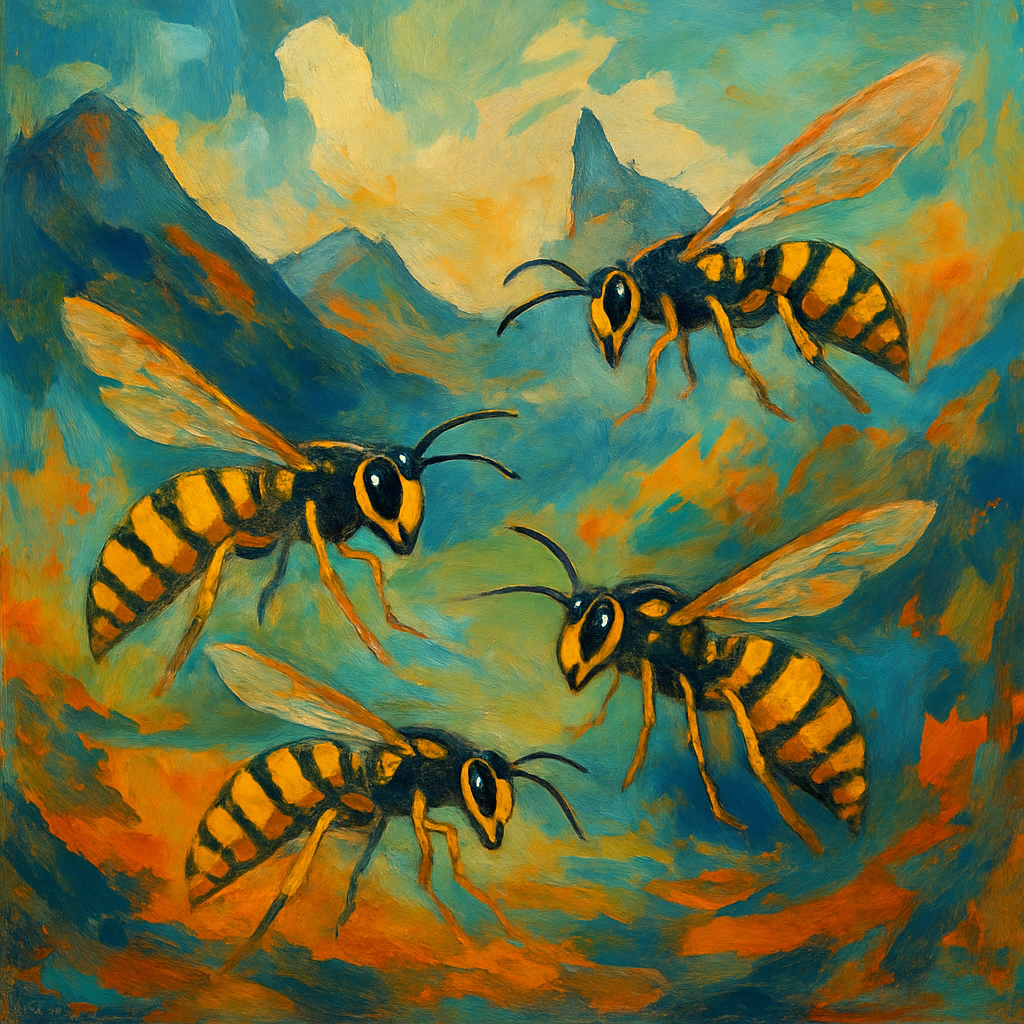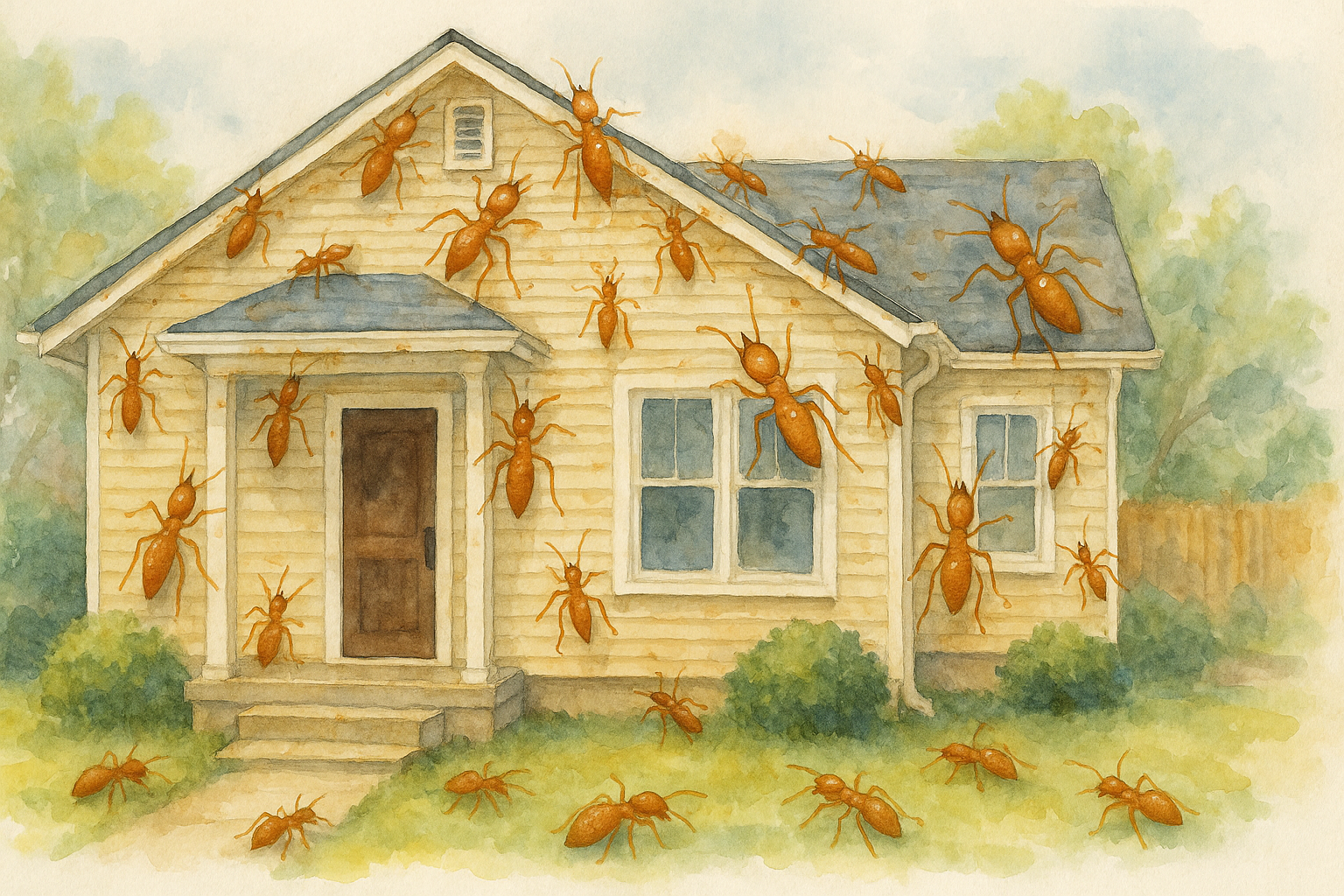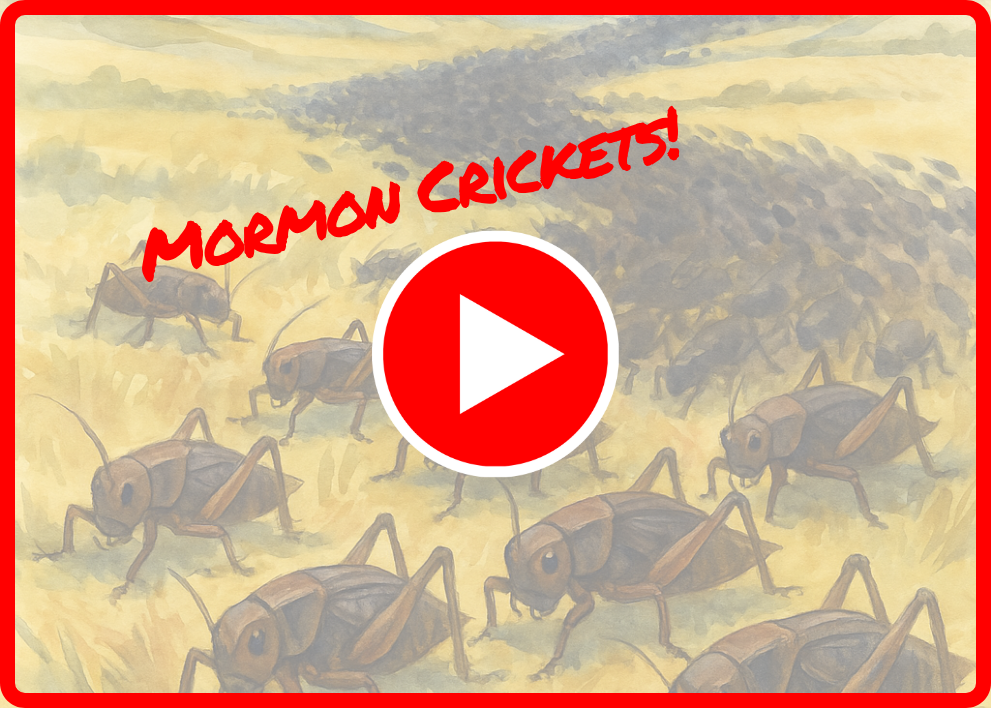Wolf spiders, members of the Lycosidae family, have a relatively long lifespan compared to other spiders, with most living around 1 to 2 years, though some species can live up to 3 years under favorable conditions. The lifespan of a wolf spider depends heavily on environmental factors, predator interactions, and their reproductive cycle.

For example, the burrowing wolf spider Geolycosa domifex, studied near Toronto, was found to live a maximum of 3 years, with most spiders living around 2 to 3 years depending on mortality factors such as parasitism or predation. This study observed that a significant portion of the population succumbed to natural predators and parasitic wasps, such as Anoplius relativus, before they could complete their life cycle. Most females died after their first reproductive event, typically around 36 months of age (McQueen, 1983).
Wolf spiders like Lycosa lenta have an adult lifespan of around 10 months to a year in natural conditions. However, under starvation conditions, Lycosa lenta can survive for extended periods by significantly reducing their metabolic rate, showcasing their adaptability to food scarcity (Anderson, 1974).
The burrowing species Geolycosa turricola also exhibits a 2-year life cycle, where spiders reach sexual maturity after 2 years. Mating typically occurs in late summer, followed by a period of cohabitation between males and females before egg-laying, with spiders dying shortly after reproduction (Miller, 1987).
While the majority of wolf spiders follow a 1 to 2-year life cycle, environmental conditions and predation pressures can influence individual lifespan, making some populations more vulnerable to early mortality. However, species that burrow and avoid predators by retreating underground, like the Geolycosa species, tend to survive longer.
Works Cited
McQueen, D. (1983). Mortality patterns for a population of burrowing wolf spiders, Geolycosa domifex (Hancock), living in southern Ontario. Canadian Journal of Zoology, vol. 61, pp. 2758-2767. https://cdnsciencepub.com/doi/10.1139/z83-362.
Anderson, J. F. (1974). Responses to Starvation in the Spiders Lycosa Lenta Hentz and Filistata Hibernalis (Hentz). Ecology, vol. 55, pp. 576-585. https://esajournals.onlinelibrary.wiley.com/doi/10.2307/1935148.
Miller, G. L., & Miller, P. R. (1987). Life cycle and courtship behavior of the burrowing wolf spider
Geolycosa turricola.
Journal of Arachnology, vol. 15, pp. 385-394.
https://www.semanticscholar.org/paper/LIFE-CYCLE-AND-COURTSHIP-BEHAVIOR-OF-TH-E-BURROWING-Miller-Miller/2f1964cd95ae5af02c1ea467ed49f43cae655d39.
Contact Today For $100 Off Your Initial Service!
⭐⭐⭐⭐⭐
Backed by our Bigfoot Guarantee!
What Customers Are Saying:
"Everyone from Bigfoot is awesome. They are always on time. They're extremely thorough. I've not had a single issue in the two years they have been treating our home. Well worth it!"
T. Potter | Meridian, ID
